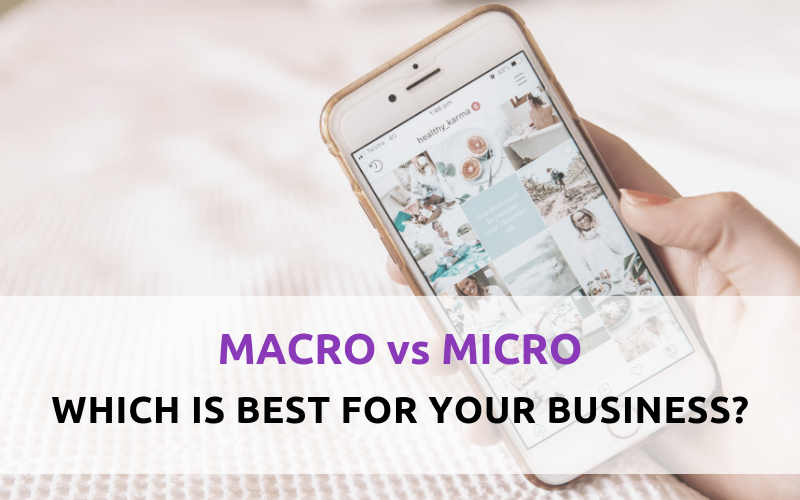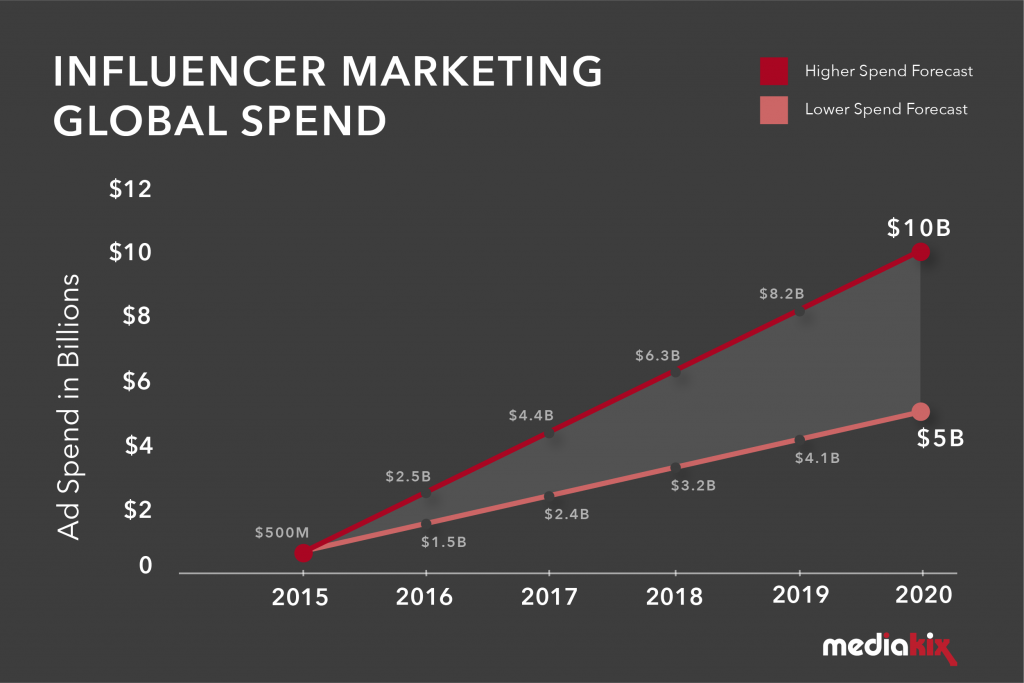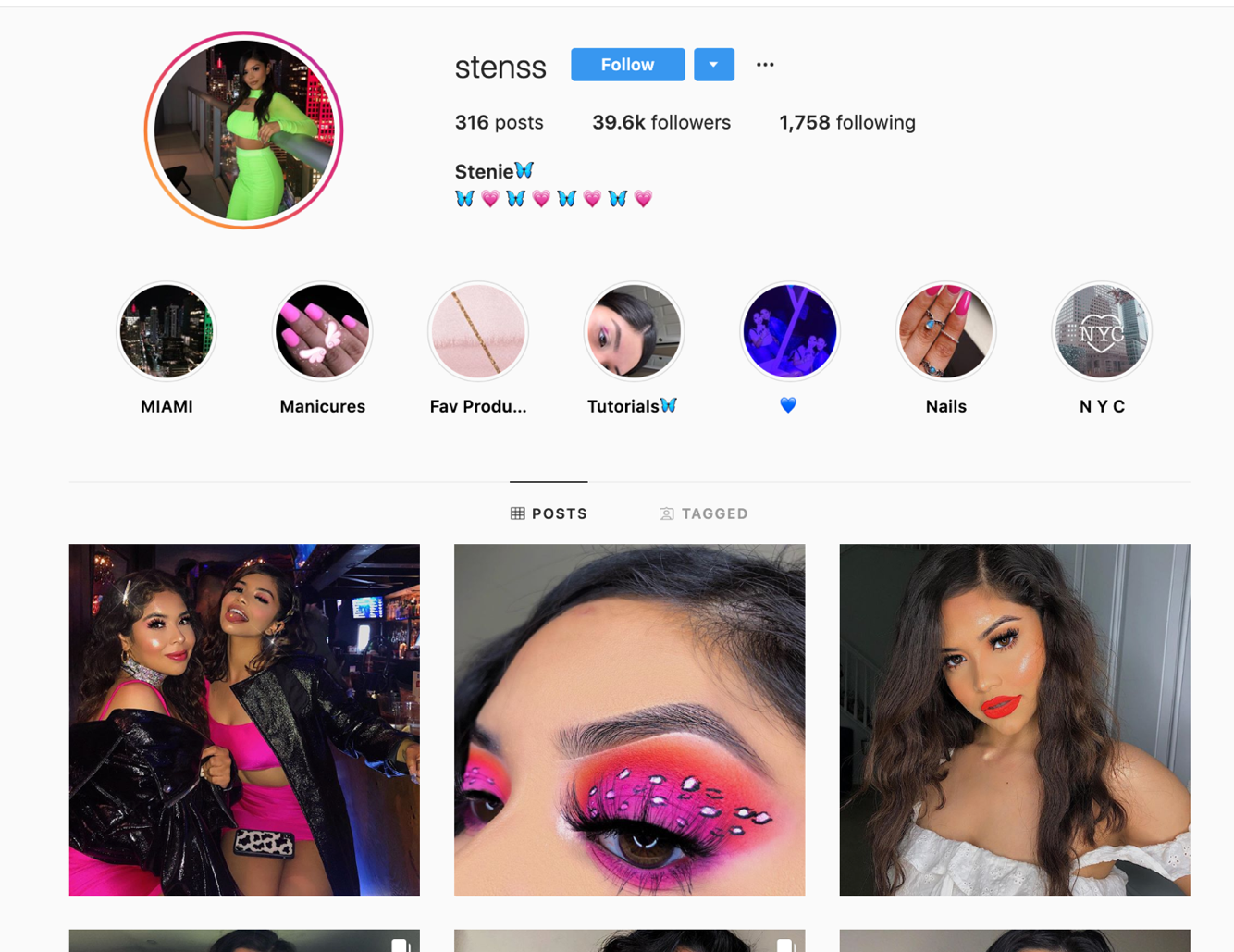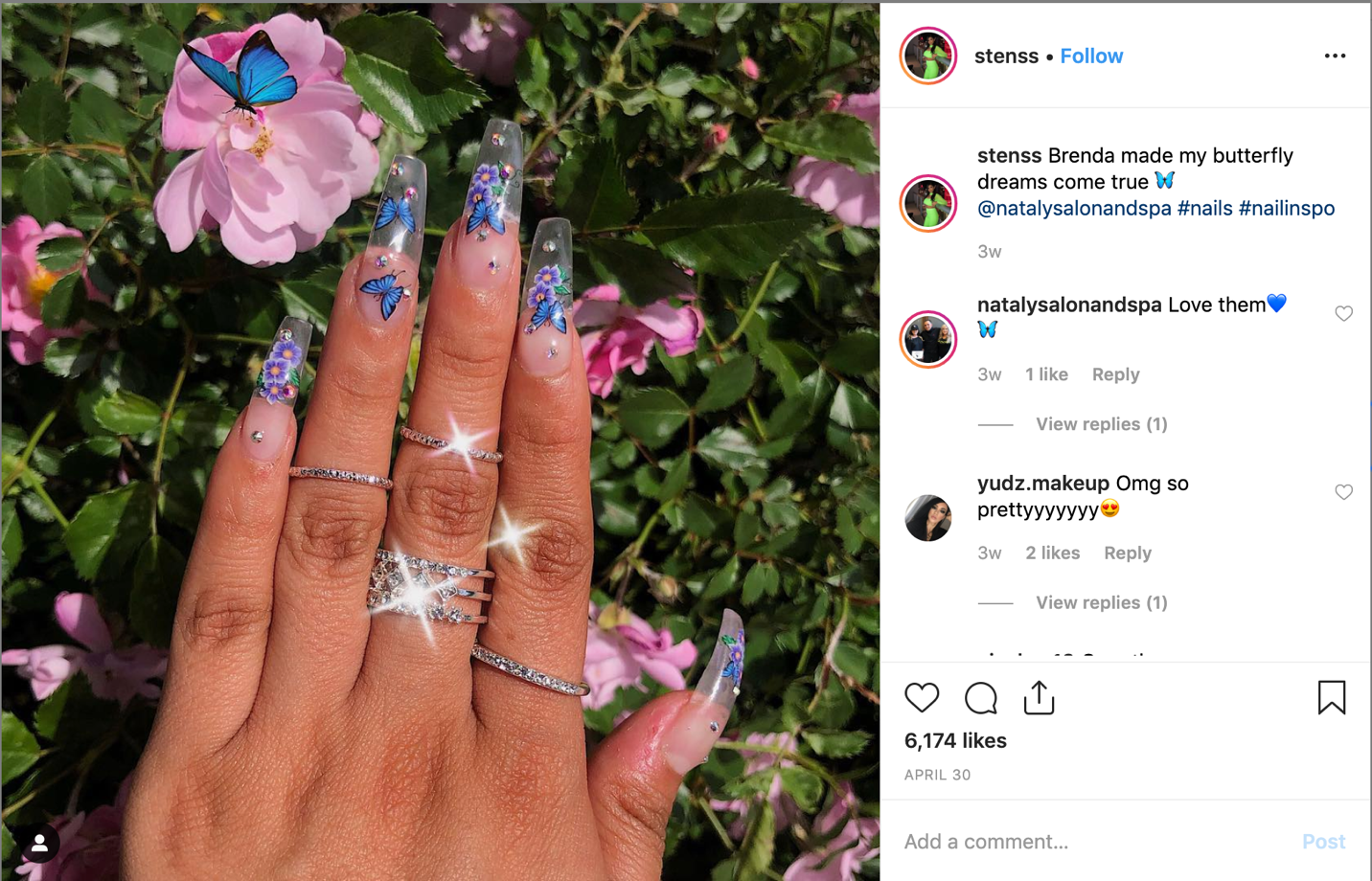Macro vs Micro: Which Influencer Type is Best for Your Business

Businesses have long looked for the best strategies to push their businesses on social media. Long gone, for many companies, is solely relying on their social media accounts to promote their products and services – in comes the social media influencer.
A social media influencer is a user who has reliable traction amongst their audience. Generally, their followers (audience) engage with them regularly and value their opinion. Marketers love to leverage the fact that they can use an influencer to promote to a target market, while users are influenced by someone they can relate and look up to.
Influencer Marketing Global Spend & ROI
According to Mediakix’s influencer marketing spend study, the influencer marketing global spend is projected to increase to $10 billion by 2020!

Also, according to a survey conducted in 2017 by Celebrity Intelligence, for every USD 1.27 spent on an influencer, their ROI per influencer was USD 11.15!
So, based on Mediakix and Celebrity Intelligence’s data, you can see how much money is being dished out by influencer marketers and how much return they are getting for their investment.
For you marketers looking to implement influencer marketing, it is the right time to do so!
Now, before we get into the nitty-gritty of which type of influencer is best for your business, we will explain the two different types of influencer – a micro-influencer and a macro-influencer.
So, What is a Micro & Macro Influencer?
The terms micro-influencer and macro-influencer have in recent times, become a niche word within the social media marketing industry.
Micro Influencer
A micro-influencer is a social media user with between approximately 10,000 and 50,000 followers. They are generally ordinary people with regular jobs but share their experiences, opinions, and interests with their audiences.
They typically have a lot of influence on their audience due to the fact they engage with them often and create relatable content.
Benefits of Working with a Micro-Influencer
Micro-influencers are content creators that have discovered niche audiences with an invested interest in their content. This type of influencer is excellent to utilize due to the fact they are always in conversation with their audience – remaining engaged. This means their engagement rate is generally high – especially when compared to macro-influencers.
Micro-influencers develop a strong and personal relationship, balanced with loyalty, with their followers, which makes them more valuable for brands in recent times – especially up and coming ones.
Stens & NatalySalon
A high-level fashion, makeup, and beauty influencer, @stenss is well known for her vibrant look which has caught the eye of many brands. She has 39.6K followers with a whopping 11.3% engagement rate! This makes her a gold mine for brands within her niche.

An example of high-level micro-influencer marketing includes the campaign ran by @stenss and @natalysalonandspa!

The post above received a strong 6174 likes and 88 comments with an engagement rate of an incredible 16%! We can predict that the return on investment for Nataly Salon in terms of sales and new customers was solid as 6262 new users saw the work she had done.
Word of mouth spreads, posts are shared, and so forth, creating interest in the Nataly Salon brand from new audiences and the willingness to purchase based on their unique nail designs.
Of course, the more followers the influencer has the more brand awareness, which is what macro-influencers have over micro-influencers. However, the engagement rate is essential as the more engagement, the more receptive the audience is of what they are scrolling through.
The target audience can quickly scroll through your post, not engage with it, meaning they aren’t paying attention to the content. Engagement rate is the most reliable indicator of whether your content is effective.
The potential for micro-influencer marketing is vast, and many smaller companies looking to grow should take advantage.
Added, according to a study conducted by Launch Metrics, the number one reason marketers didn’t utilize influencers was because of the budget constraint

Listed, are the primary benefits of working with a micro-influencer:
- Less upfront cost, making them more accessible for businesses and brands
- Quickly reach a new niche audience
- Due to less cost, leaves the opportunity to work with multiple influencers at once
- Higher conversion rates than with macro-influencers
- Increase in sales is more likely due to higher engagement rates
Now let’s move onto the macro-influencer side of things, providing an understanding of what a macro-influencer is followed by showing examples of effective macro-influencer campaigns.
Macro Influencer
A macro influencer is a social media user who has more than 100,000 followers while not teetering on the edge of the 500,000 follower’s milestone. Macro influencers are considered to be “mini-celebrities” as they are very well known within the social media industry.
Benefits of Working with a Macro-Influencer
The great thing about macro influencers is the level of reach a lower level brand or business can receive due to these types of influencers have a high number of followers – replicating in more brand awareness.
According to Celebrity Intelligence, 33% of their survey respondents said that building brand awareness is the most critical reason for beauty brands to enlist Instagram influencers.
However, product awareness is just a subset of brand awareness, so brands use macro-influencers to boost new product awareness or products that are struggling to compete in the market.
Nitraab & Sally Hansen
Nitraab is a high ranked macro-influencer on Instagram with 211k followers and a solid 3.5% engagement rate. She is well-known for being a beauty, makeup, lifestyle, and mommy influencer amongst her audience.


An example of a high-level macro-influencer campaign was one ran by @nitraab – a beauty, makeup, and a mommy influencer – where she promoted a tanning lotion for @sally_hansen.
The above-sponsored post saw an engagement of 2,405 likes and 39 comments with an engagement rate of 1.16%, which is extremely low. This is the downfall of the macro-influencer, but the reach of this post is likely much higher as Nitraab has 211k followers.
From my gathering, the whole point of this was to increase product awareness as opposed to direct sales increase.
The number of engaged users was lower than what we saw in the previous micro-influencer case with Stens, who had over 4000 more users engaging with her post yet has 174k fewer followers.
Just goes to show you that macro-influencers are used to reach due to follower count and micro-influencers are there to increase sales.
Listed, are the primary benefits of working with a macro-influencer:
- A larger audience translating to more reach
- Less time spent on selecting and micromanaging multiple influencers for one campaign
- Lower risk of fake followers or boosted engagement
- Better professionalism
- More trustworthy amongst the audience
Micro-Influencer & Macro-Influencer Impact
According to a study conducted by Launch Metrics, the most effective tier of influencer according to cosmetic, fashion and luxury marketers in the largest markets is the micro influencer with the mid-tier (macro) influencer not too far off.

The study conducted highlights the value the micro/macro influencers brought to marketing campaigns with the number one reason being that they have a better connection with their target consumers.

According to the survey respondents, before working with an influencer, the most important pillars looked at the included rate of engagement and the content quality.

This study illustrates what businesses are looking for when hiring an influencer which should give you a solid idea of the profile of influencer you should work in accordance with.
Macro vs Micro – Which is Best for You?
Now, let’s cover which type of influencer is best for you! It all depends on what your goal is when investing in an influencer – ask yourself:
- Are am I trying to generate more sales or gain more brand exposure?
- Do I have an expansive budget or a limited one?
- Do I want to work with someone established, or am I willing to work with someone on the rise?
These are just a few questions to consider.
If you want to generate sales and have a limited budget – working with one micro-influencer is best for you.
Based on the examples provided earlier, the engagement rate of these influencers is much higher, providing more engaged audiences likely benefiting the sale increase for your product/service.
This is great for start-ups who want to make money right away or for established brands/companies who want to roll out a new product and want to generate cash from it quicker.
If you are focused on brand awareness and getting your name out there to a large niche, the macro-influencer is for you.
As mentioned before, the macro influencer specializes in growing their followers with grade A content enabling marketers to make use of their high volume, reaching a mass number of users.
Ahkeem Sealy
Latest posts by Ahkeem Sealy (see all)
- Macro vs Micro: Which Influencer Type is Best for Your Business - June 17, 2019





